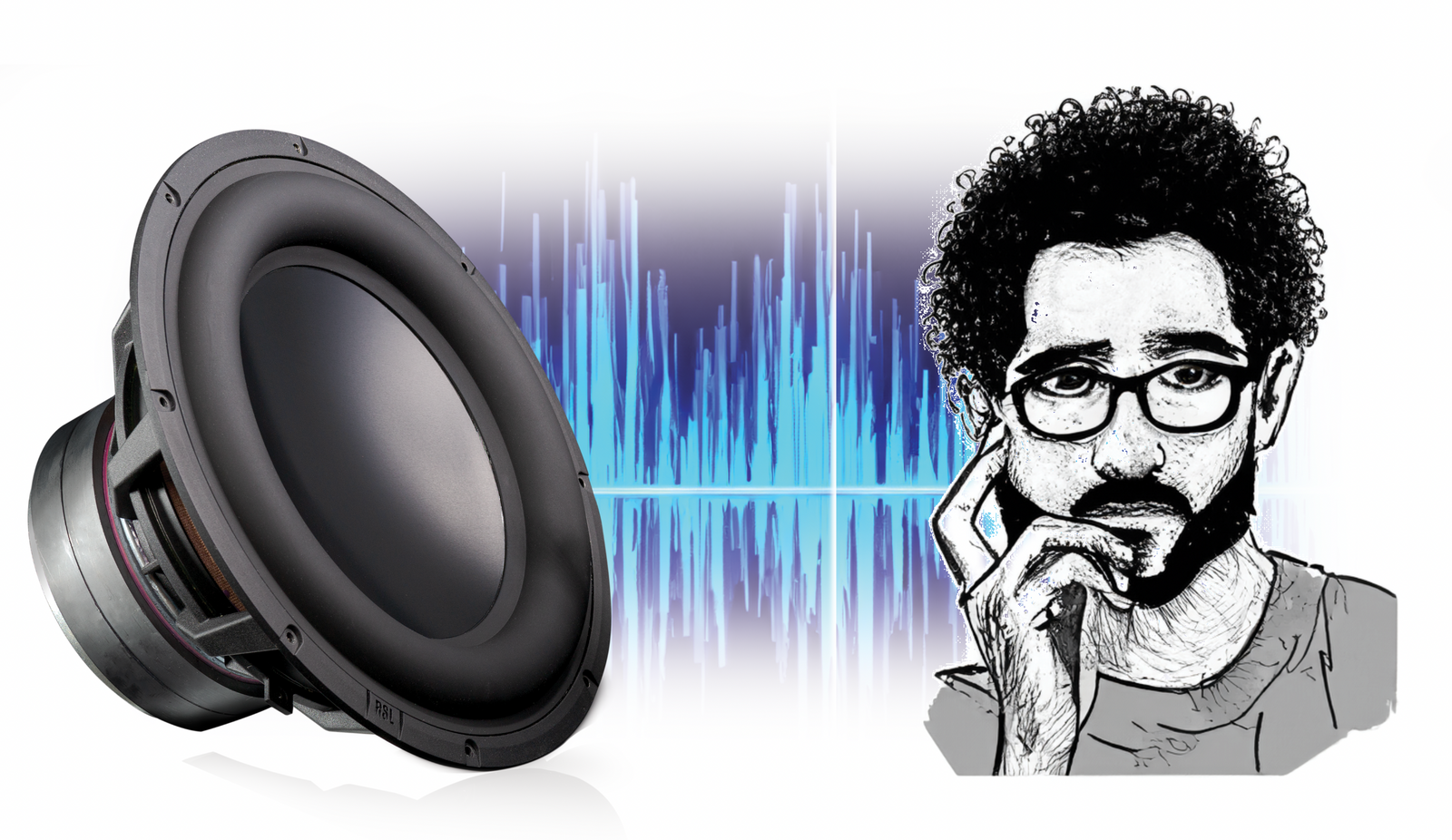It's a safe bet you enjoy good bass response in your music and movies. As audiophiles, we've discovered long ago that bass reproduced by most speakers or a subwoofer is usually not very accurate or lifelike. This is still true today. So, how can you tell if the bass from the speakers is accurate? Here’s a couple of examples. The first is the one we’ve related to many of our customers. Let's say you're at a club and hear a live band. The drummer will strike the kick-drum with a foot-operated mallet. In a live situation, you'll hear the rap of the mallet hitting the skin of the drum and you may feel the impact of the bass in your body. However, when you listen to a kick-drum over many speakers, all you may hear is a "boom." The sound of the drum's skin is masked. So, the first obvious way to tell is to compare live bass to that over a speaker. This may not work in a large live venue where the bass is being transmitted over sound reinforcement speakers. Another way to hear accurate, detailed bass is by listening over a good set of ear buds and then comparing it with the speakers. With ear buds, the mass of the drivers is so small that they will normally have excellent transient response. It's pretty easy to design speakers that will put out a lot of bass at a low cost, if accuracy is sacrificed. Even with higher priced speakers, bass may seem impressive, but careful listening may reveal that it isn't lifelike. This is due to the way that most speakers are tuned. Whether it's a sealed or vented (bass-reflex) enclosure, the resonance of the speaker in the cabinet is used to tune the speaker. This resonance acts like a spring. When the bass note stops, the resonance keeps the woofer moving, which blurs the bass. If you've spent some time on our website, you're probably aware of our patented Compression Guide Tuning, which addresses the problem of system resonance, resulting in defined and detailed bass. If you already own our speakers, we invite you to put our bass to the test as mentioned above.
800.905.5485
M - F 10am - 5pm (Pacific)
